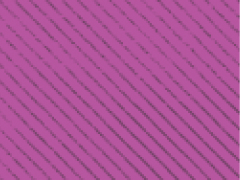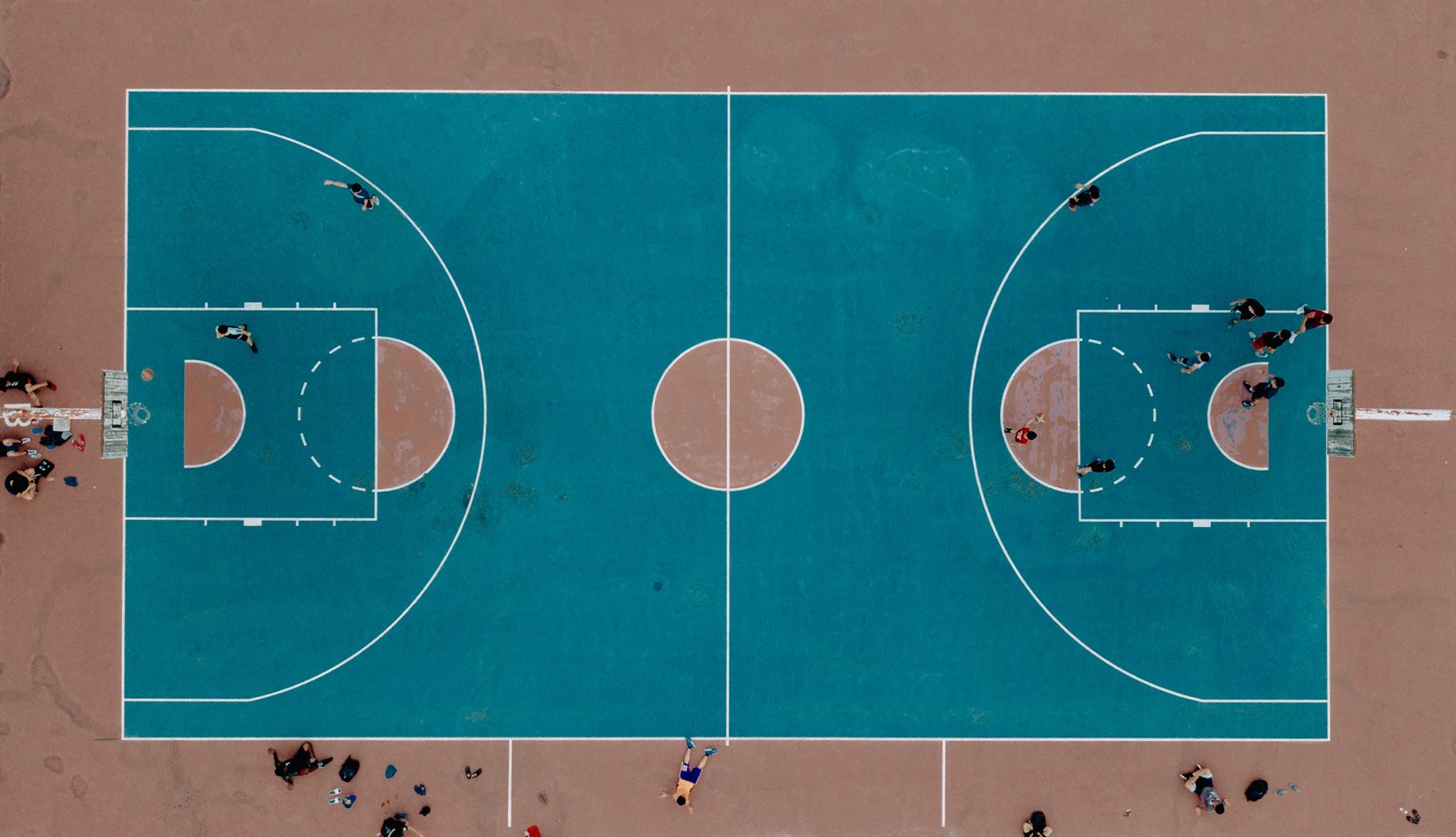In this article, I provide human centered design examples that exhibit valuable insights and strategies for creating software products that are intuitive and easy to use. In today's digital landscape, software development requires a human approach to achieve success.
Table of Contents:
- The Power of Minimalist Design
- Design's Role in Technology Development
- Human-Centered Design: Ease of Use
- Designer's Duty: Challenging Assumptions, Improving UX
- Good Design Details = Good Mood
The Power of Minimalist Design
The single most useful app I have ever used is also the least flashy. It’s a system that monitors the accounts at my various personal financial centers. It watches for trends and occasionally sends me a text message to let me know that something out of the ordinary or important happened. But, there’s no “app". There’s no user interface, per se.
Intentionally Emphasizing "Minimal"
There are no fonts. No biometric identification, no charts, no color palette, no margins, no headers, no footer, no hamburger menu, and no swiping. Just an occasional SMS that says something like, “Last month, you spent enough on sandwiches to adopt 17 cats. You might want to dial it back a little.” It’s incredible. Designers have to think about the problem, experiment, and go a little bit mad-scientist.
Design's Role in Technology Development
I’m a CTO. I’ve worked as a technical professional for almost 20 years. I’ve worked mostly behind the scenes in System Administration, DevOps, and Data Architecture. And although every project I’ve worked on has engaged designers along the way, how good design happens is way outside my wheelhouse.
Unqualified, but Understanding Good Design
I don’t know why blue evokes feelings of trust and security. I don’t know why serif fonts make people read faster. No idea. I can talk all day about the cost-benefit ratio of partitioned indexes on MSSQL table storage arrays, but I can’t authoritatively say anything about color contrast or how people read down the screen, or why the abstract brand marks create memory triggers. Traditionally, a technologist is unqualified on these topics and I am no exception.
But, as a human, I do know one thing: There is no faking good design. This is where empathy comes in handy. Good design should take the platform and get it out of the users’ way. This is true in branding, UI, automobile design, and even kitchenware. It helps me do what I’m trying to do while the aesthetics delight me in the process. It delights me without screaming, “LOOK AT ME AND HOW I AM AMAZING! SERIOUSLY OMG LOOK AT THAT MAUVY SHADE OF PINKY RUSSET!” It elevates the usefulness of the platform and does it in a quietly delightful way. Really great design almost shouldn’t be noticed. It should be almost invisible.
Delivering Design: Nothing Less, and Nothing More
Design should deliver exactly the right experience at exactly the right time. That’s what makes the app I talked about earlier so amazing. I imagine that the initial product meeting involved people talking about what it was for, what it should do, how it might visualize your spending, and how it might highlight out-of-the-ordinary behavior and encourage you to stop wasting money.
That’s certainly how I would have done it. We’d strategize about where the delight should be and how we could drive habitual use. We would talk for a while about pie charts vs. heat maps vs. stacked bar charts and line graphs. Someone would probably throw in bubble charts, tree maps, and histograms too, just so we covered our bases. We would most certainly all be picturing an “app” and all of its trappings.
Then a designer, whose job it is to understand the human need for the right balance of form and function, of aesthetic and accessibility, might step in and say something profound. “What if we leveraged other avenues of delight and could do this without having to build our own interface? That could be just as elegant, useful, and perhaps more cost-effective. It’s an unexpected solution, but maybe it’s the right one.”
Human-Centered Design: Ease of Use
Being an effective designer takes a lot of guts. Grit. Moxi. Chutzpah. This, I think, is an example of design doing what design should do. Functioning well, it should challenge our assumptions about what the platform should be and it should deliver exactly the right experience at the right time. Nothing less and nothing more.
We take this tack at Anthroware in both technology and design. Heavy research is the steel thread to everything we do and supports these efforts. Overcomplicated tech, or the wrong tech for the job, makes it hard to build anything. Likewise, a design that hasn’t been given the time or space to explore and find the right form-function balance will almost always lead to trouble down the road.
Designer's Duty: Challenging Assumptions, Improving UX
Recently, we had a platform project (Cloud, Web, Mobile, Data, the "Whole 9"). The web app had a navigation menu and we designed a couple of options. In the strategic design phase, we were assured that the navigation would only ever have maybe 3 or 4 top-level items in it. This made it a good candidate for being placed across the top of the UI in a traditional fashion that users are familiar with. Later, as development neared the customer acceptance phase, the client’s client asked for a few new features and the information architecture dictated that they live at the top of the navigation structure. Uh-oh, there’s no space for the new words!
Rethinking Human Navigation Design
We went back to design to rethink the navigation. Design wears its thinking cap and shows us, and the client, what the digital information architecture is inside out. We noticed there’s another way to do the same thing, just smarter. Boom, design doing what design does; challenging our assumptions and making the platform more elegant and easier to use.
Anthroware's Human-Centered Strategy
When you work with Anthroware to build a product, you will have a designer on the project. There’s a better-than-zero-percent chance that some key assumption in the initial idea or solution is off, that the development team might misunderstand something, or that your stakeholders think one thing while you think another. Every product needs a good consulting firm that can call those assumptions out and present alternate theories of design and innovative solutions so that the product you build delivers on its promise. As a project or product stakeholder, that is your job. Deliver on your promise, as the job of design is to create a path to that delivery.
Good Design Details = Good Mood
I rented a car in Spain once. The roads are top-notch and the scenery is beautiful, so I spent a little extra to get something nice. As we drove through the hills north of León, I found that I wasn’t enjoying myself. Every time I got in the car and started going, I would get stressed out. It took a while, but I realized that something was buzzing; a faint, tiny, buzzy rattle. I finally figured out that there were two plastic panels that didn’t fit nicely together. I realized the road noise was super loud. I noticed the pedals were one inch too far to the left. The internal lights were blue. The dash was a little too tall. Finally, this car had me positively jangled by the time I arrived where I was going. I even started to hate the font that they’d used on the speedometer. I was trashed. So, I was committed to never renting that make of car again. In this example, half a dozen tiny details added up to a 100% terrible experience. A good designer driving that car after it was built could have resolved the few minor issues that were causing me, major frustration as their customer.
Patience and Money: Perfecting Design
Good design takes more time and costs more. It’s true. You have to put big brains into it. They (designers) have to think about the problem, experiment, and go a little bit mad-scientist. They have to try alternative ideas. They have to challenge all incumbent ideas. But when good design is done right, the platform gets the heck out of the way and delights the user. The app delights you. The car doesn’t rattle. You enjoy your drive. You get where you’re going in a good mood. You rent that car again.
Good design creates good moods. Good moods create trust. And good moods drive engagement. And you deliver on your promise. Hope you enjoyed reading about my stories of human-centered design examples, and feel free to reach out if you want to talk about design!










